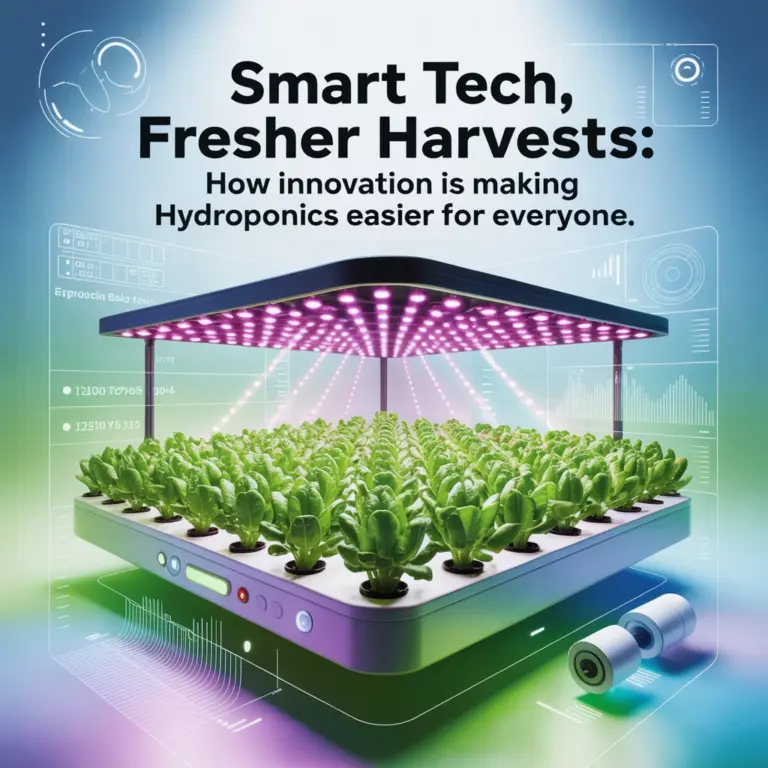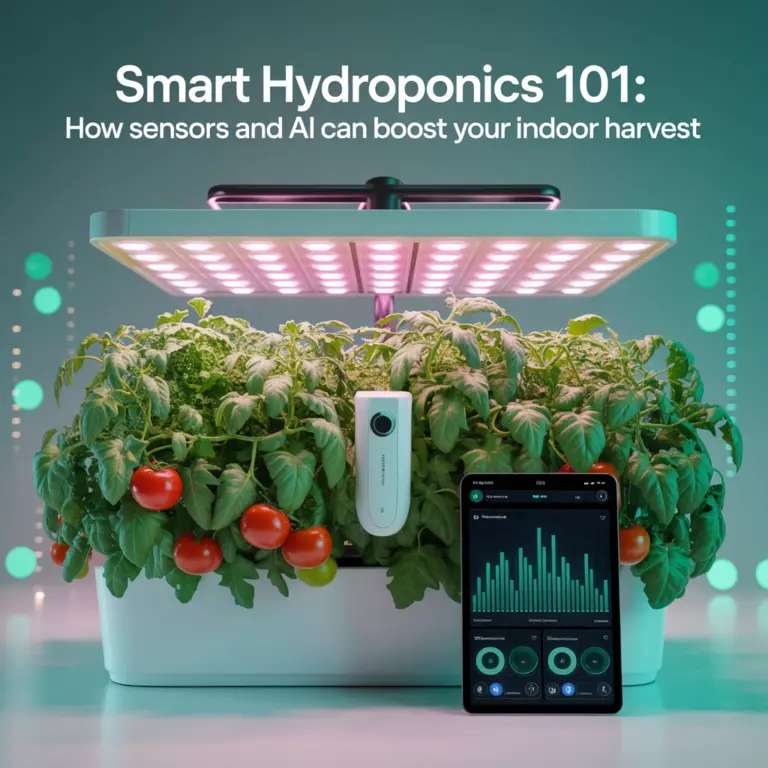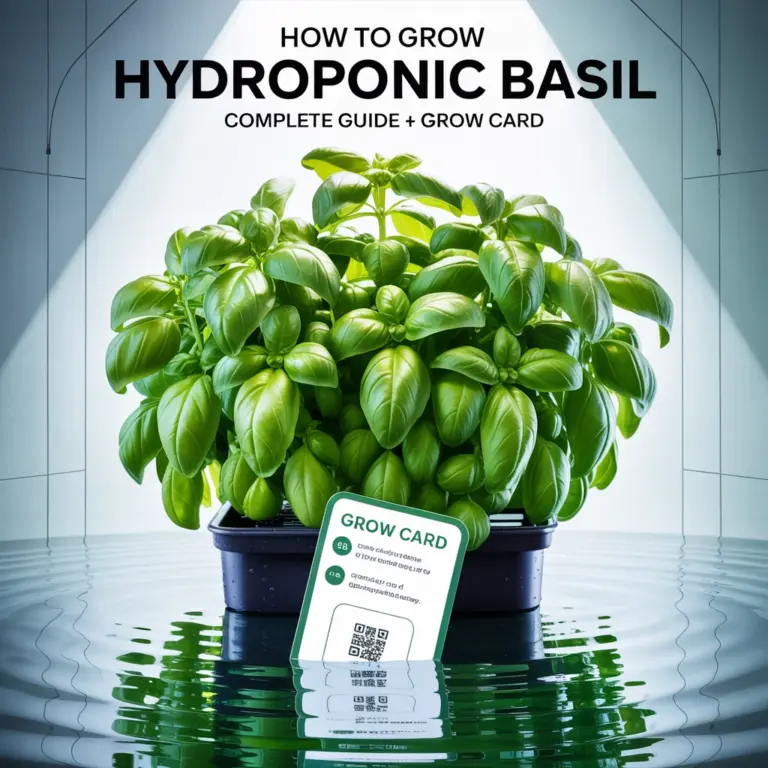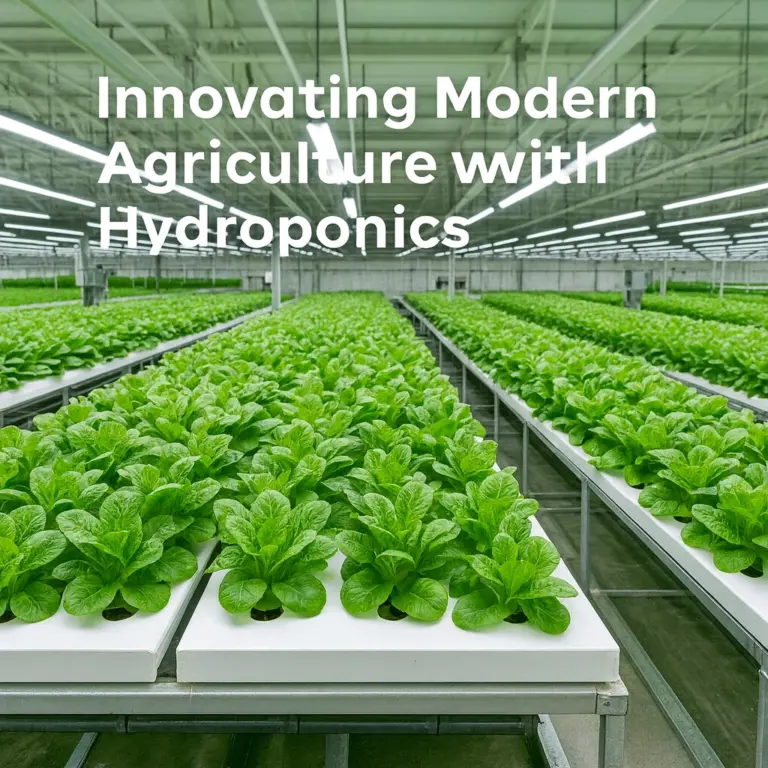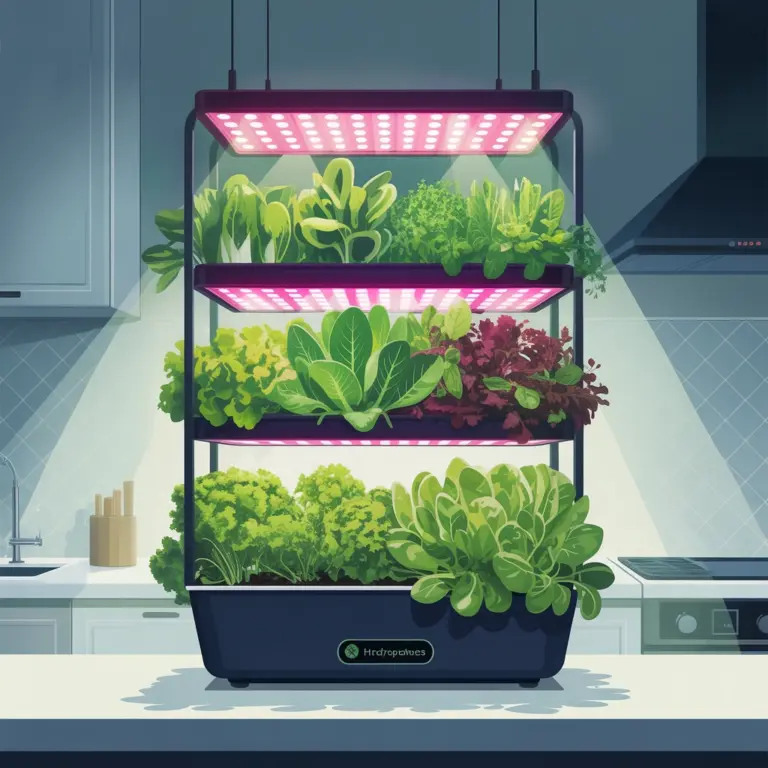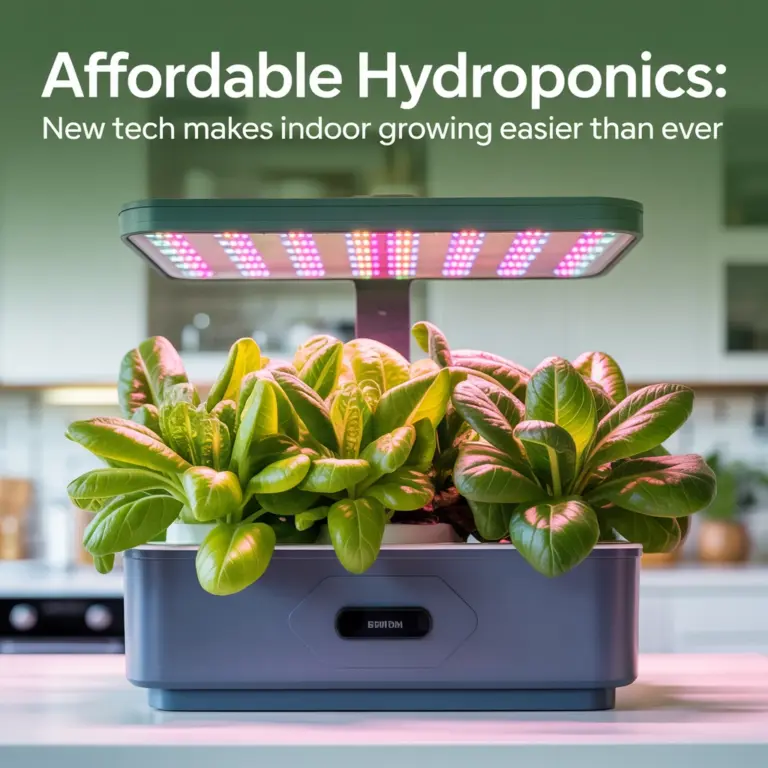How to Grow Hydroponic Strawberries: Complete Guide + Grow Card
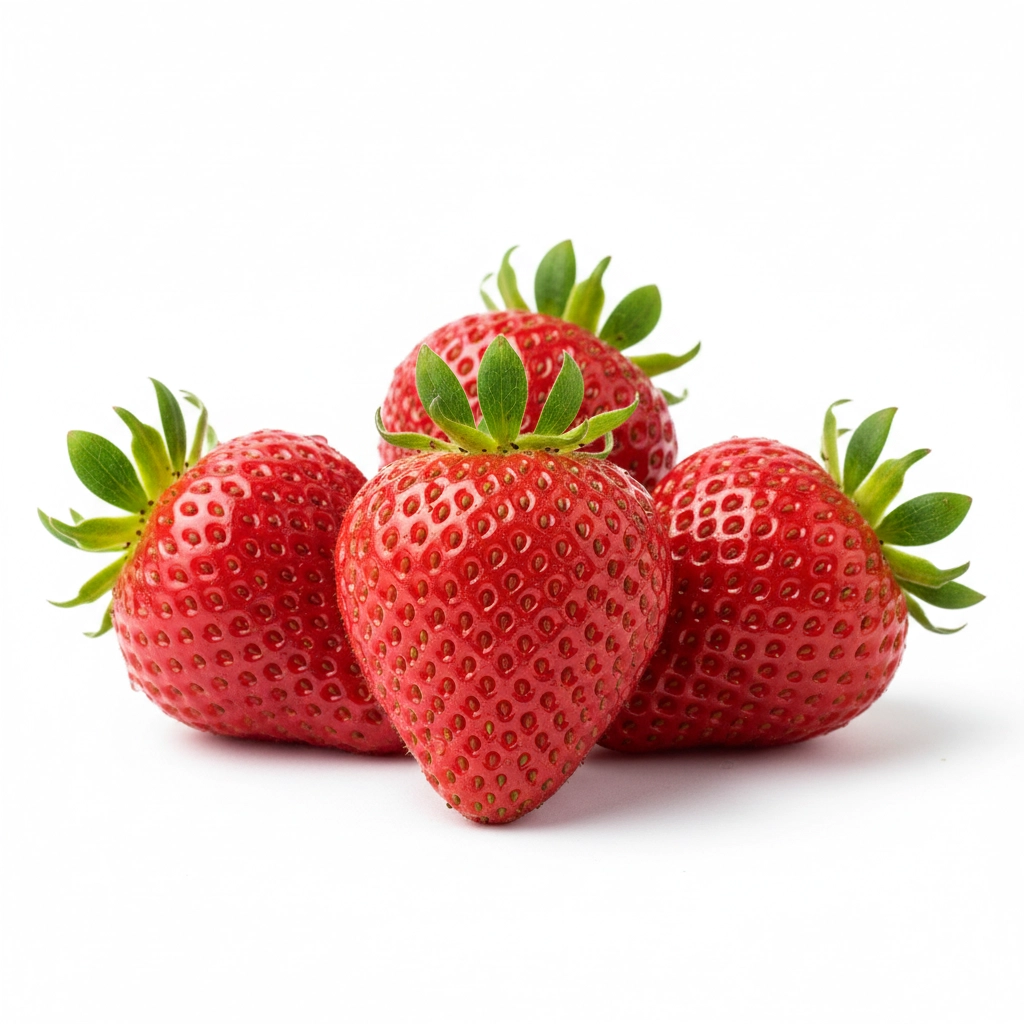
Growing hydroponic strawberries offers an incredible opportunity to enjoy fresh, flavorful berries year-round while avoiding the challenges of traditional soil gardening. With the right setup and knowledge, you can produce superior-tasting fruit with faster growth rates and higher yields than conventional methods.
Why Choose Hydroponic Strawberries?
Hydroponic strawberry cultivation eliminates common soil-borne pests and diseases while giving you complete control over growing conditions. The result? Juicier, more flavorful berries that often surpass store-bought alternatives in both taste and nutritional value. Plus, you can grow them anywhere with adequate space and lighting.
Choosing the Right Hydroponic System
Deep Water Culture (DWC)
DWC systems suspend strawberry plants in nutrient-rich water with air stones providing essential root oxygenation. This method works well for strawberries but requires careful monitoring of water levels and root health.
Nutrient Film Technique (NFT)
NFT systems use sloped troughs where a thin film of nutrient solution continuously flows over the roots. This provides constant access to nutrients and oxygen, making it an efficient choice for strawberry production.
Drip Systems
Drip systems deliver measured amounts of nutrient solution directly to each plant’s base. This method offers excellent control and efficiency, making it ideal for beginners and experienced growers alike.
Substrate Growing (Recommended)
For strawberries, substrate growing using media like coconut fiber, perlite, or vermiculite provides the best results. This method offers excellent water retention while maintaining proper root oxygenation: exactly what strawberries need to thrive.
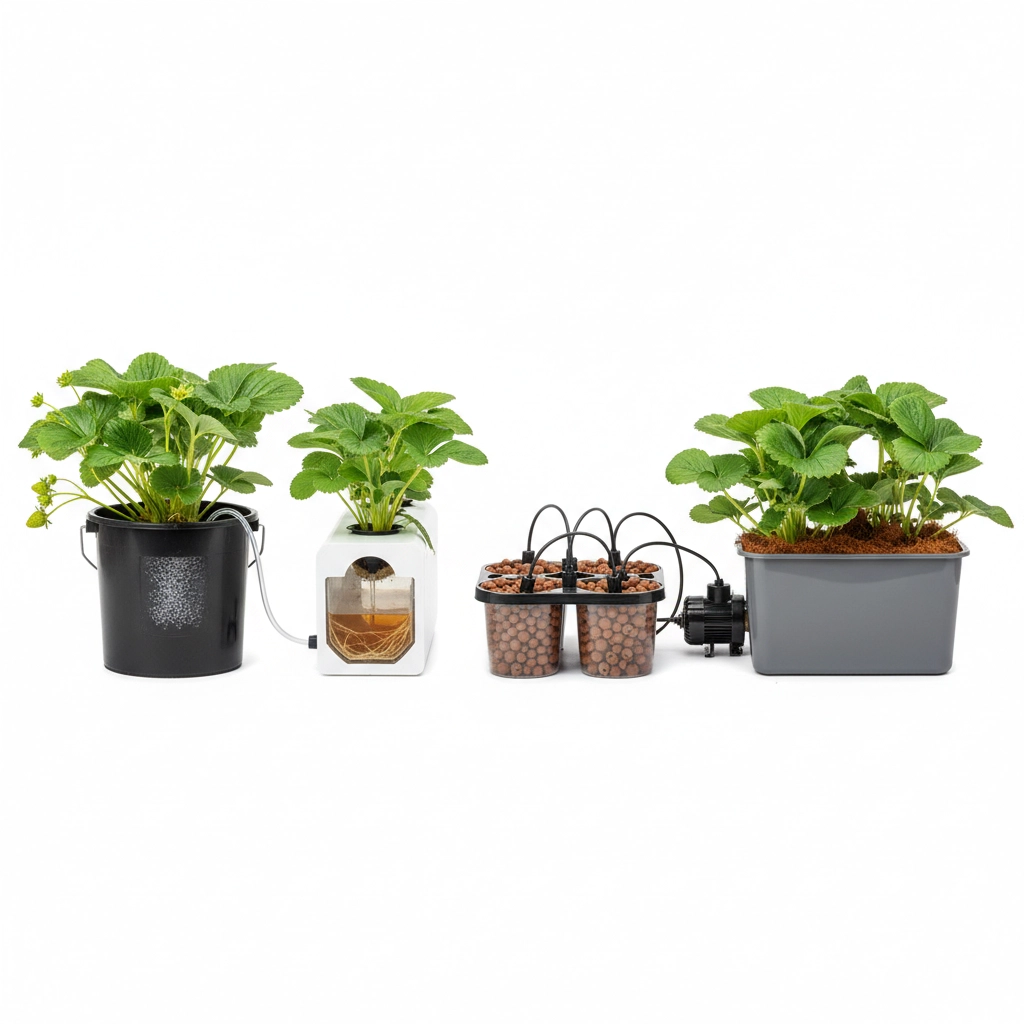
Essential Environmental Conditions
pH Management
Strawberries prefer slightly acidic conditions with pH levels between 5.8 and 6.2. Some varieties can tolerate ranges from 5.5 to 6.5, but staying within the optimal range ensures better nutrient uptake and healthier plants. Monitor pH levels daily using a digital meter and adjust using pH-down products when necessary.
Nutrient Requirements
Unlike many fruiting plants, strawberries prefer lower salt concentrations. Target electrical conductivity (EC) levels should stay between 1.0 and 1.4. Use high-quality hydroponic nutrient solutions specifically formulated for strawberries, and follow manufacturer mixing instructions precisely.
Temperature Control
Maintain daytime temperatures between 60-80°F (15.5-26.6°C) for optimal growth. Nighttime temperatures should drop 10-12°F below daytime levels to promote healthy development and proper fruit set. Consistent temperature management is crucial for successful strawberry production.
Lighting Requirements
Strawberries perform best under full-spectrum LED grow lights providing 8-12 hours of daily illumination. Some varieties can handle up to 14 hours for increased yields, but 10-12 hours typically provides the best balance of growth and energy efficiency.
Best Strawberry Varieties for Hydroponics
Albion
A day-neutral variety that produces consistently throughout the growing season. Albion strawberries are known for their excellent flavor and firm texture, making them perfect for hydroponic cultivation.
Chandler
This variety adapts exceptionally well to soilless growing conditions and produces large, sweet berries. Chandler strawberries are reliable producers with good disease resistance.
Sequoia
Another excellent choice for hydroponic systems, Sequoia strawberries offer good fruit quality and consistent production. They’re particularly well-suited for substrate growing methods.

Setting Up Your System
System Preparation
Start by thoroughly cleaning and sterilizing all containers, trays, and equipment that will contact plants or nutrient solutions. This prevents contamination and gives your plants the best possible start.
Growing Media Selection
For substrate growing, consider mixing perlite and vermiculite with clay pebbles. This combination provides excellent aeration and proper drainage while retaining adequate moisture. Coconut coir is another excellent option that holds water well while maintaining good root zone conditions.
Planting Process
Begin with dormant strawberry root stock or healthy seedlings from reputable suppliers. Dormant plants need time to “wake up” and begin active growth, so be patient during the initial establishment period. Plant strawberries in net cups or similar containers, ensuring proper root positioning in your chosen growing media.
Growth Timeline and What to Expect
Establishment Phase (Days 1-60)
During the first 50-60 days, focus on building robust plants with abundant foliage. Plants will gradually develop extensive root networks and push out new leaves. This phase is critical for long-term success, so maintain optimal conditions consistently.
Early Production (Days 60-90)
Once established, plants begin flowering and initial fruit development. The first berries may be smaller than expected, but this is normal as plants adjust to their hydroponic environment.
Full Production (Days 90+)
A well-maintained system can produce consistent weekly harvests for months. Many growers report bowl-fulls of berries each week once plants reach full production capacity.
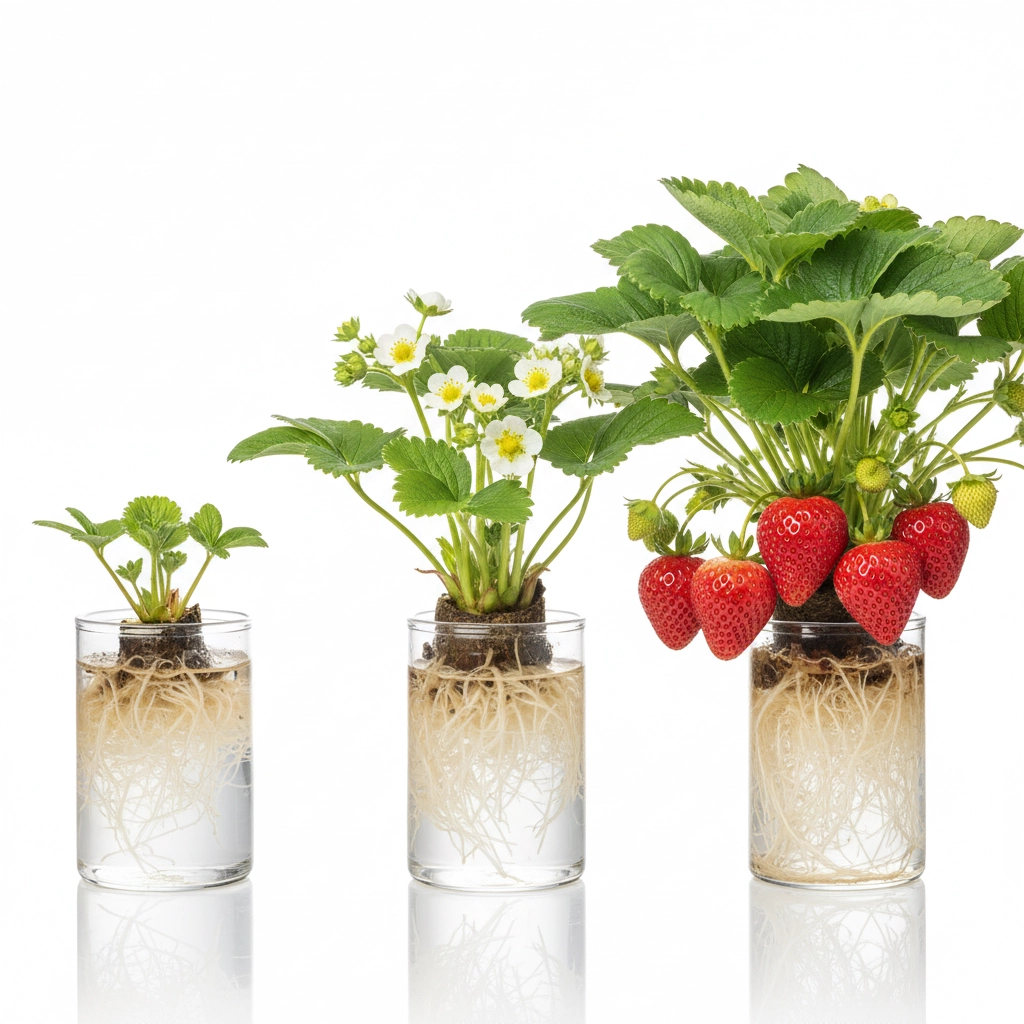
Ongoing Care and Maintenance
Daily Monitoring
Check pH and nutrient levels daily, adjusting as needed to maintain optimal growing conditions. Look for signs of plant stress, unusual leaf coloration, or any pest issues, though hydroponic systems significantly reduce these problems.
Pruning and Plant Management
Regular pruning promotes healthy growth and removes diseased or damaged leaves. Focus on removing old or yellowing foliage to direct plant energy toward fruit production. Proper air circulation around plants helps prevent fungal issues.
Water and Nutrient Changes
Replace nutrient solutions completely every 2-3 weeks, or when EC levels drop significantly. Top off reservoirs with pH-adjusted water as needed between full changes.
Harvesting Your Hydroponic Strawberries
Harvest berries when they’re fully ripe and deep red for maximum sweetness and nutritional value. Hydroponic strawberries typically offer superior flavor and juiciness compared to store-bought alternatives. Pick berries in the morning when they’re coolest, and handle them gently to avoid bruising.
Properly grown hydroponic strawberries can continue producing for 8-12 months or longer with appropriate care. Many systems provide continuous harvests throughout the growing season, making them incredibly rewarding for home growers.
Troubleshooting Common Issues
If plants show slow growth, check your pH levels first: this is the most common issue. Yellowing leaves often indicate nutrient deficiencies or pH problems. Brown leaf edges typically suggest salt buildup, requiring a nutrient solution change and system flush.
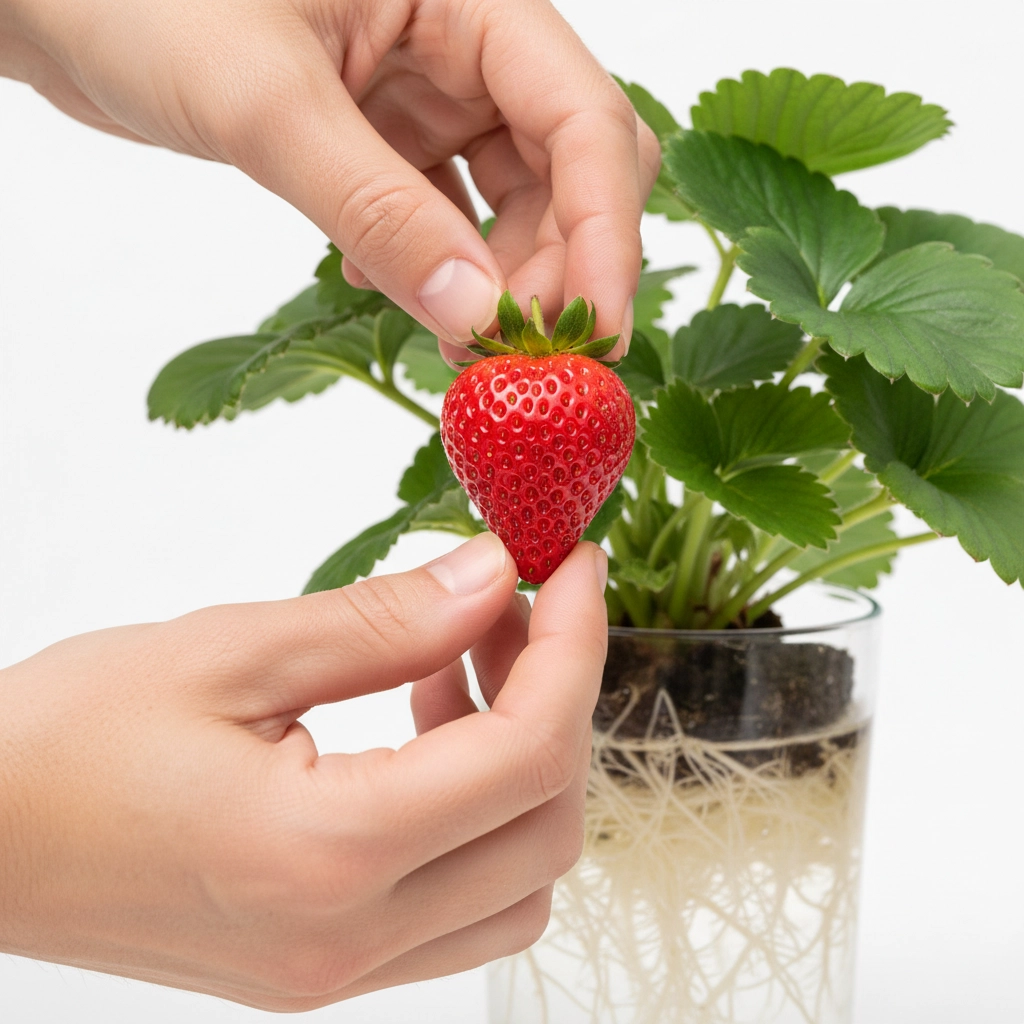
Quick Reference Grow Card
| Parameter | Optimal Range |
|---|---|
| pH Level | 5.8 – 6.2 |
| EC Level | 1.0 – 1.4 |
| Day Temperature | 60-80°F (15.5-26.6°C) |
| Night Temperature | 50-70°F (10-21°C) |
| Daily Light | 8-12 hours |
| Establishment Time | 50-60 days |
| Recommended Varieties | Albion, Chandler, Sequoia |
| Best Growing Media | Coconut coir, perlite mix, clay pebbles |
| System Types | DWC, NFT, Drip, Substrate (preferred) |
Key Success Factors:
- Maintain consistent environmental conditions
- Use strawberry-specific nutrient solutions
- Provide adequate lighting with full-spectrum LEDs
- Regular monitoring and adjustment of pH/nutrients
- Proper plant spacing for air circulation
- Regular pruning and maintenance
- Harvest at peak ripeness for best flavor
With proper attention to these details, you’ll be enjoying fresh, homegrown strawberries that surpass anything available in stores. The initial investment in equipment pays off quickly with months of continuous, high-quality fruit production.
